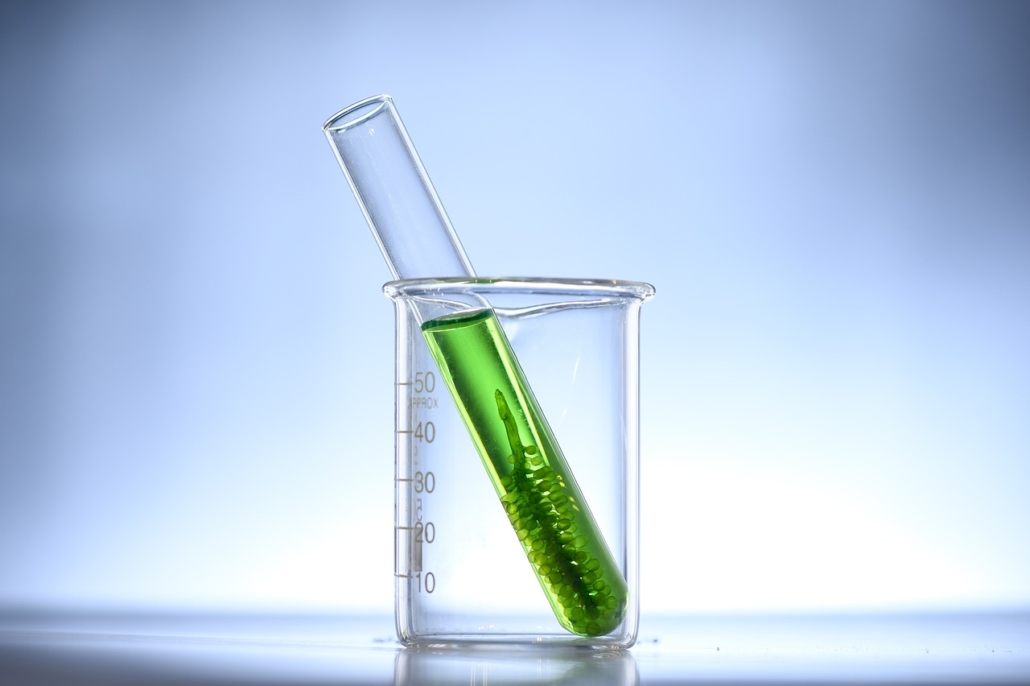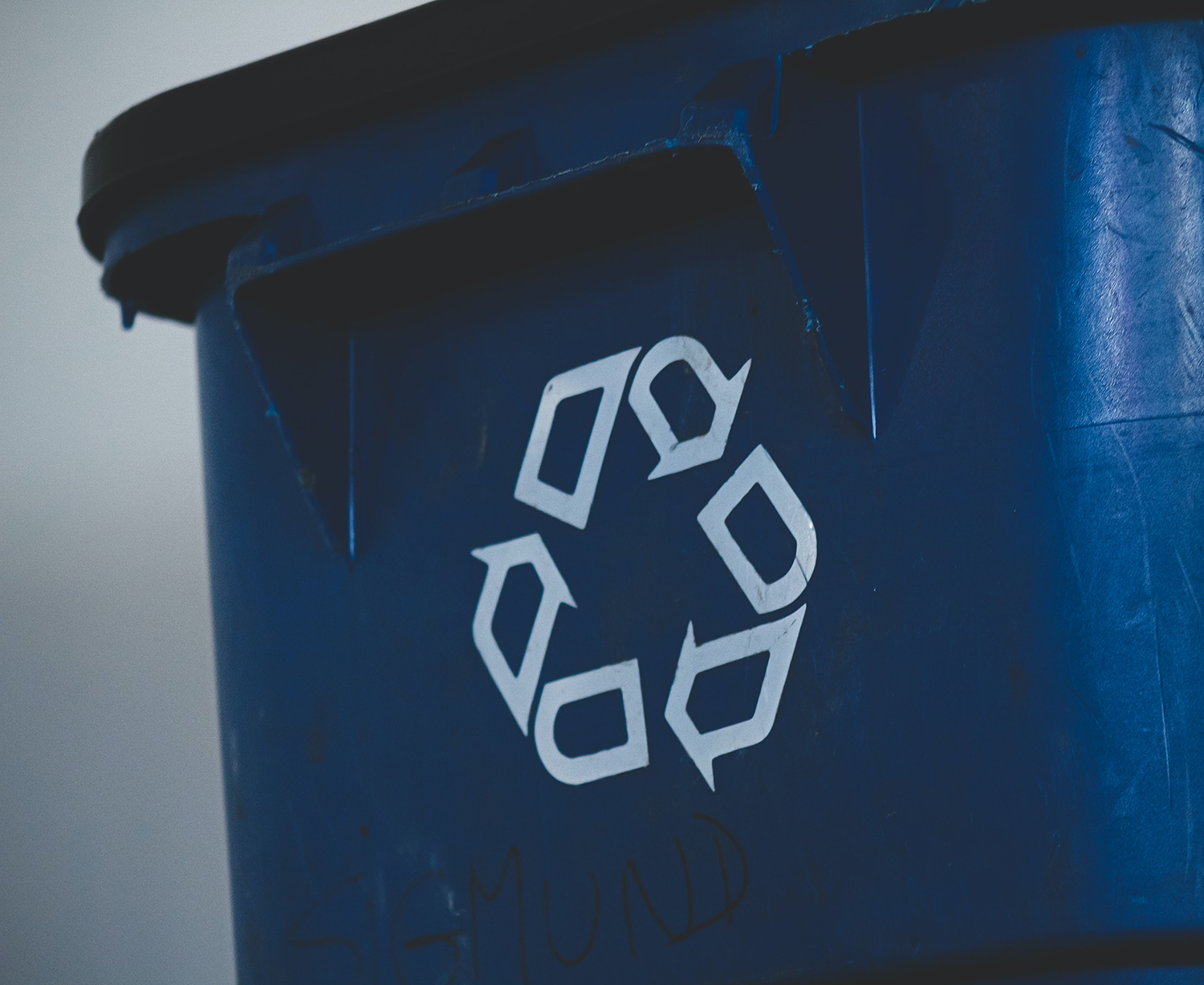Launched in Nantes in October 2023 for a four-year period, “the COCPIT project aims to produce a decision-making tool for biofuel production,” says Sary Awad, project coordinator at IMT Atlantique. “In an aircraft, the cockpit is the center of order, decision-making and piloting. The project’s name reflects this desire to create a control tower and decision-making center for the production line,” the researcher continues.
Biofuels have provided an alternative to fossil fuels in the aviation sector since 2010. Electrification processes remain unfeasible in the aviation industry due to economic and technical constraints. Developing an efficient and renewable biofuel is therefore a key solution for decarbonization. “Our goal is to reduce the carbon footprint of the biofuels used today by 5-10% by integrating a circular system,” Sary Awad says.
“The decision support tool is just one of COCPIT’s objectives,” says Julien Prud’homme, head of European research projects at IMT Atlantique. Before it can be developed, they will first need to create datasets on microalgae production. To accomplish this, the researchers are developing several potential scenarios based on various facilities and regions. They are also studying the implementation of a circular approach.
In the move towards transforming energy systems to eliminate fossil fuels by 2050, the use of biofuels derived from microalgae is “promising in terms of their productivity and because they do not compete with food production,” the researcher says. “Circularity encourages this dynamic by seeking to reduce water, nutrient and energy use as well as the quantities of co-products created by this system with the goal of creating a biorefinery.”
The COCPIT method and process
Sary Awad further explains the methodology for the COCPIT project: “The initial goal is to push the boundaries of production systems to maximize material and energy flows. In the second phase we will work on the existing biogenic waste in the region where the biofuel production system is implemented.” This is where the circular dimension of the project comes in, by recovering all the residue. “This is the point where the decision support tool becomes very valuable,” the researcher says. Not only will it help control production, but it will also help to recover the co-products by adapting to the issues in the regions.
The steps in the process will produce results that can benefit end users directly, as Julien Prud’homme explains. “There are several stages in biofuel production. First is the production of microalgae. Then comes the extraction of the lipids and proteins. In this area, we want to develop new extraction solutions that are more environmentally friendly. The third step is the processing stage, in which our researchers will work on the various processes involved. The refining phase will be carried out with our partners from the University of Aalborg. This will all lead to the certification of biofuels that meet the standards set by the European Union. Then comes the final step, the testing phase.”
In which geographical areas will the project be located? What microalgae deposits will be used? These are all questions that will help define the scenarios addressed in this project. Sary Awad explains that “this leads to both centralized and decentralized configurations, to highlight the different scenarios. There will also be a dozen environmental, social and economic criteria to consider in the decision-making process, such as the cost of production, the price of the deposit, the carbon footprint and job creation.”
Creating a marketplace and reassuring investors
In addition to production, COCPIT aims to deliver results that will help stakeholders in the sector, which will include a marketplace. “This will be a platform where investors and those interested in developing biofuel from microalgae will be able to come to see the various results,” Sary Awad explains. For example, they will be able to conduct tests and view the direct results of the project. Users will be able to find decision support tools and reactor design solutions as well as results from the innovative microalgae production reactor, which maximizes the use of solar energy.
COCPIT was designed with investors and producers in mind, to reassure them with regard to the remaining challenges. “There is therefore a real need to demonstrate the viability of this microalgae-based approach,” Julien Prud’homme explains. “This is also the purpose of COCPIT, to convince stakeholders that the microalgae solution is very much a valid solution in terms of reliability and economic and operational viability.”
Removing obstacles
As Sary Awad puts it, “Various obstacles exist. Growing microalgae can be quite expensive. However, in this project, we are trying to make an intensified system that grows ten times more algae in the same volume of water. This greatly reduces the system’s water footprint and especially the energy needed to separate these microalgae from the culture medium.”
There are also other challenges, including the association of microalgae with petroleum products for co-refining. The tests have shown that there are not enough volumes needed to produce a cost-effective facility. To cope with this, COCPIT relies on large-scale microalgae production over a slightly wider radius to centralize the refining correspondence and make the facility profitable.
Sary Awad highlights the value of the project for both the aviation and maritime sectors. It will therefore be possible to supply more marine fuel or more aviation fuel based on the market needs at a given time. The COCPIT project has accepted the challenge of setting up a production chain that is more energy efficient, more environmentally friendly and more profitable for investors, while also establishing a co-product recovery market.







